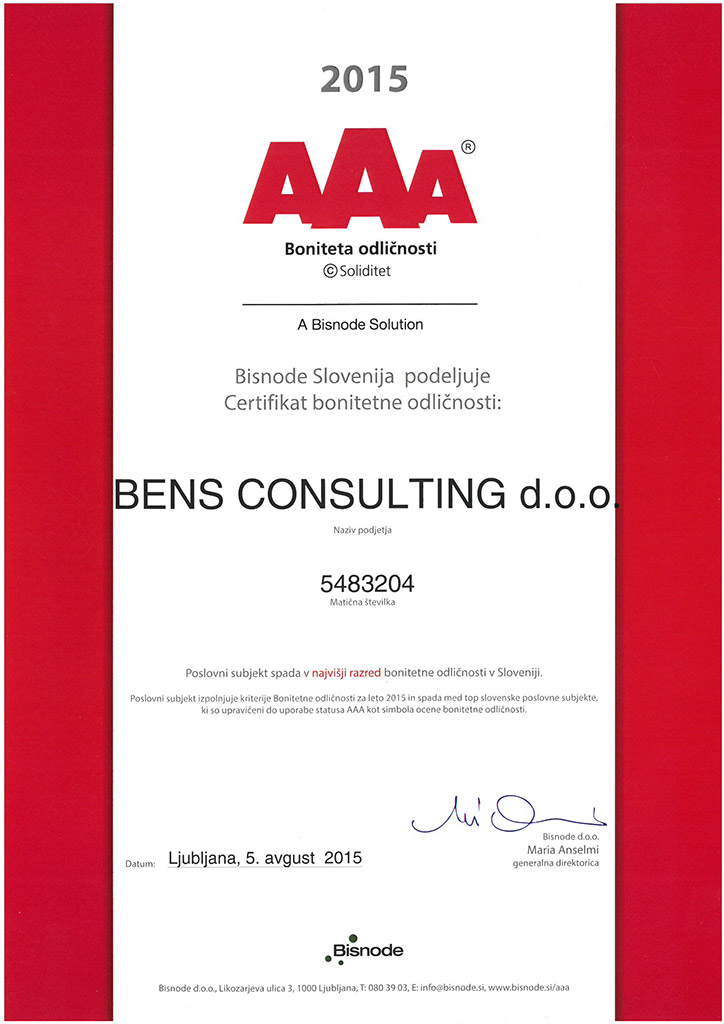
Each hazardous substance is assigned H sentences to denote its level of hazard. While many substances already have a harmonized classification, it's common practice to adopt the classification indicating the highest level of hazard.
Harmonized classification implies that all deciding countries within the ECHA community have reached a consensus on a set of H sentences that precisely describe the substance's hazardous nature.
For instance:
Formaldehyde's harmonized classification includes H301, H311, H314 1.B, H317, H331, H341, and H350 1.B.
However, if a substance is classified as more hazardous than the harmonized classification, the higher classification must be used. It's crucial to note that the harmonized classification represents the lowest possible classification for that substance.
For instance, if Formaldehyde is classified with additional hazards such as H318, H330, and H335, those must also be included in its classification.
When a substance lacks a harmonized classification, the classification becomes even more critical to include in the SDS. Since one substance can have multiple classifications, it's essential to list the classification alongside identifiers like the CAS number. This ensures a clear understanding of the hazards affecting the end product's classification.
For instance, Prednisone may carry classifications such as H361 or H360 1.B or H373 or H372. Alternatively, it might be classified with H302, H312, H315, H319, H332, H335, and H361. These classifications directly influence the classification of the end product.
In conclusion, the harmonized classification system is like a universal language for describing the hazards of different chemicals. It helps everyone involved understand the risks clearly and consistently.
But sometimes, a substance might be even more hazardous than what the harmonized classification indicates. In those cases, we have to use the higher classification to be safe.
And when a substance doesn't have a harmonized classification, it's even more important to be clear about its hazards. That's where SDS come in handy. They list all the hazards so that everyone handling the substance knows what they're dealing with.
If you need any help with navigating though the harmonized and non harmonized classification, feel free to drop me an email to spela.hudobivnik@bens-consulting.eu and I will help you.






 Back to posts
Back to posts

